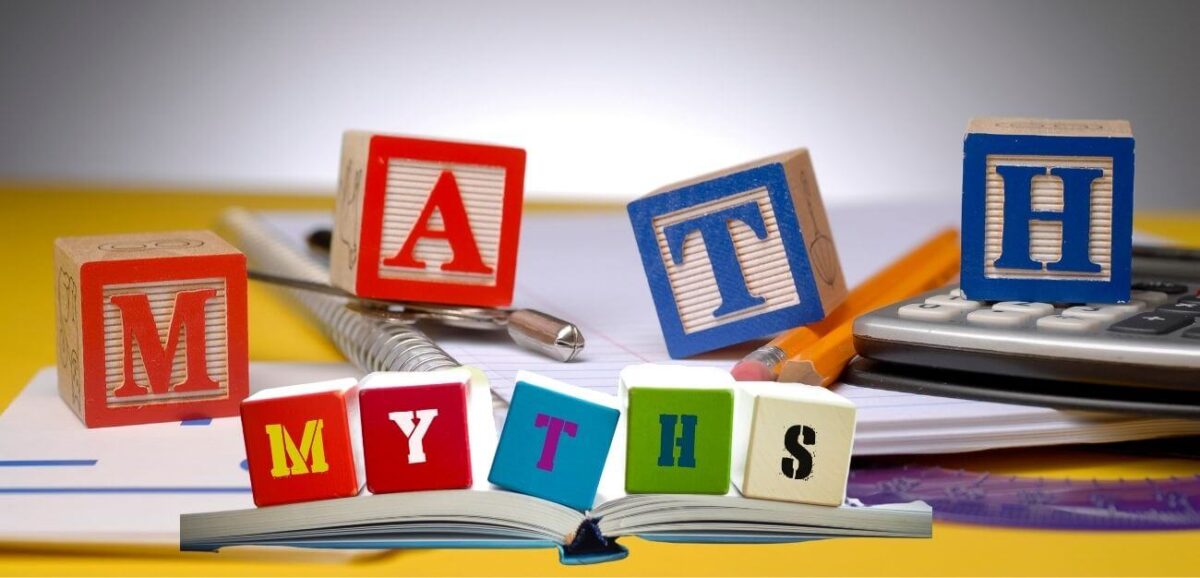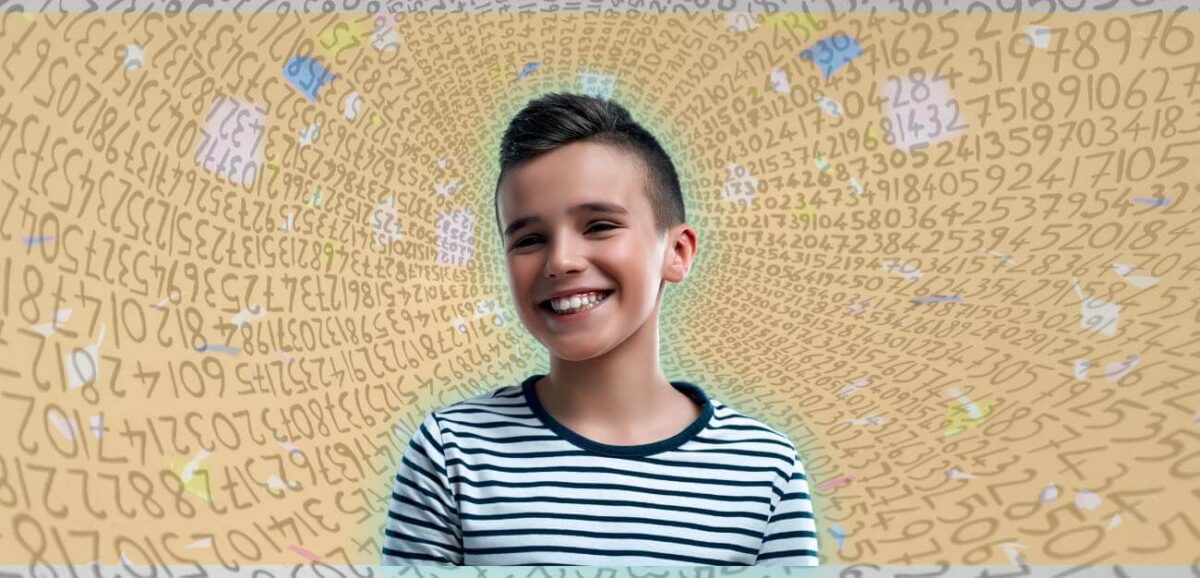Imagine your child conquering math problems with the confidence of an explorer discovering new lands, their eyes bright with curiosity and determination. Now, imagine the summer sun shining, the school’s out, and that spark of academic achievement slowly dims as math problems are replaced with ice cream parlours and sandcastles. That’s the summer slide, an […]
Reversing Summer Slide









